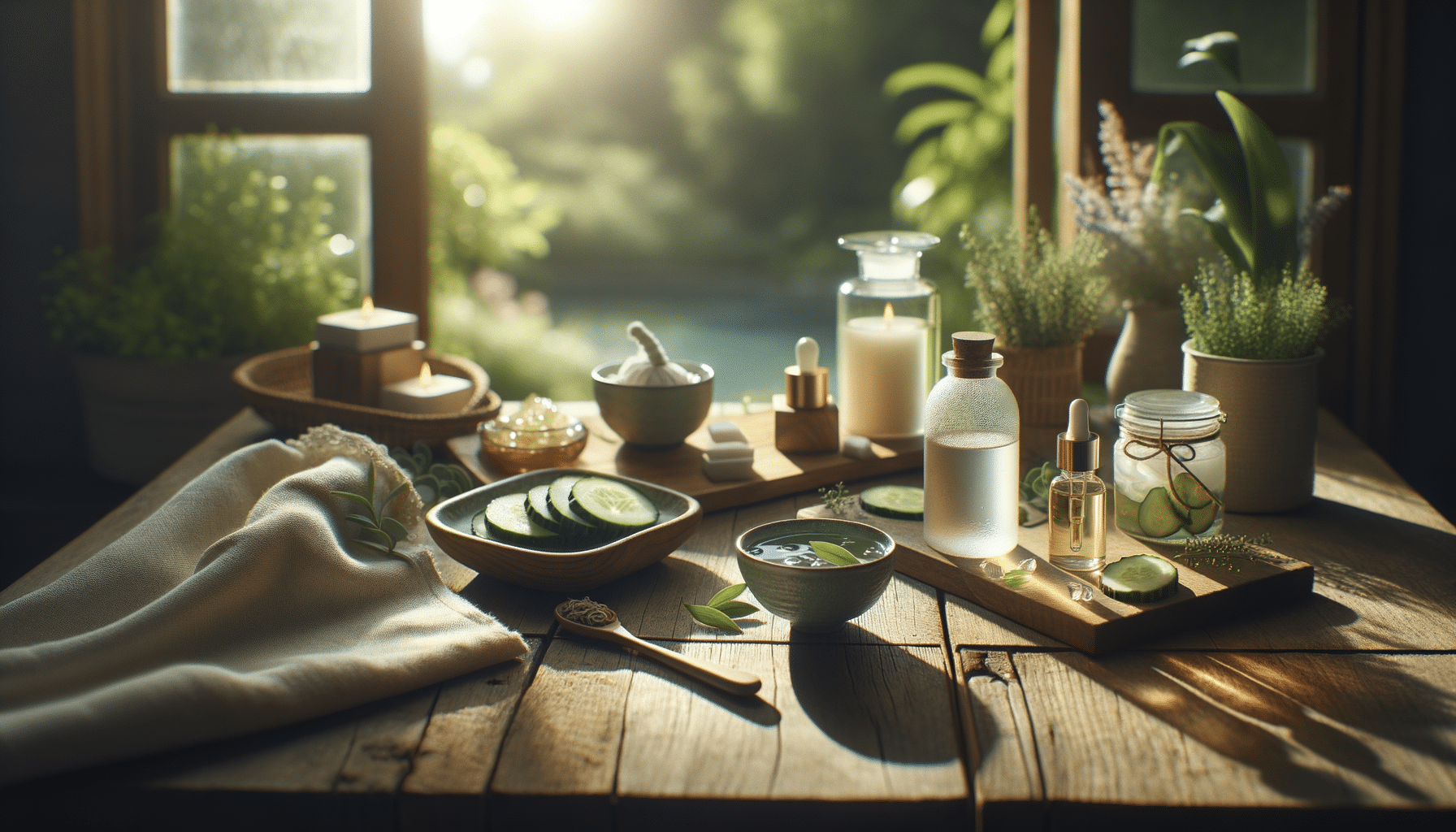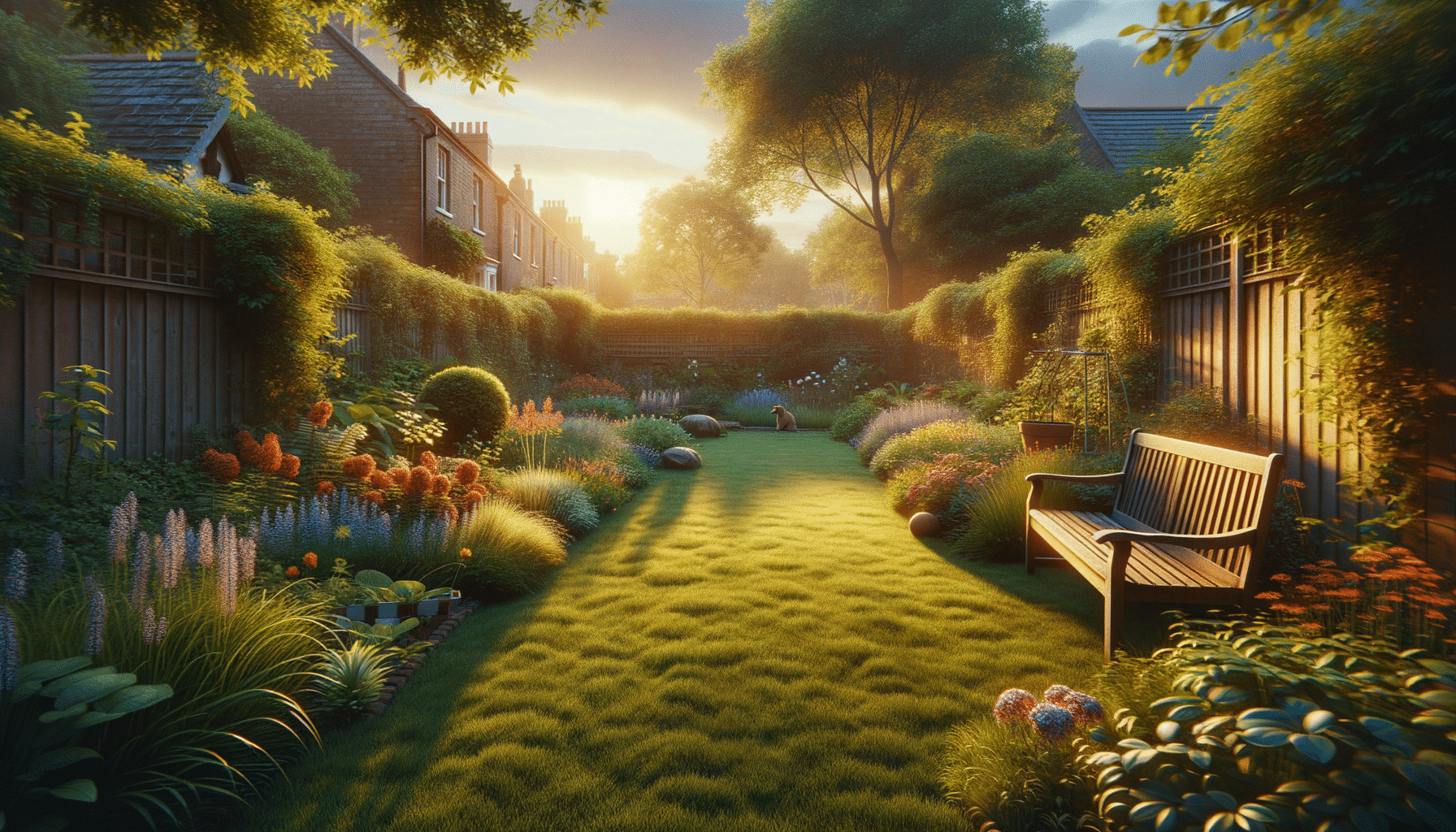
Creating Eco-Friendly Paints and Dyes at Home
As the world becomes increasingly conscious of environmental impacts, many crafters are exploring sustainable alternatives in their creative practices. Among these, creating eco-friendly paints and dyes at home is gaining popularity as a way to reduce chemical use and minimize waste.
Embracing the art of making your own eco-friendly paints and dyes is not only rewarding but also supports a sustainable lifestyle. These natural alternatives often use readily available materials from your kitchen or garden, which can reduce your carbon footprint and eliminate exposure to harmful chemicals found in conventional products.
Why Choose Eco-Friendly Paints and Dyes?
Eco-friendly paints and dyes are free from toxic substances that can harm both the environment and human health. According to a study by the U.S. Environmental Protection Agency, indoor air pollution can be significantly reduced by using natural paints and dyes, making them a healthier choice for your household.
Expert Insights
Dr. Emily Green, an environmental scientist, emphasizes, “By opting for natural dyes, we not only protect our health but also preserve biodiversity. Many synthetic dyes contribute to water pollution and pose risks to aquatic life.”
Materials to Get Started
| Material | Source | Color |
|---|---|---|
| Beetroot | Garden or Grocery | Red/Pink |
| Turmeric | Spice Rack | Yellow |
| Spinach | Garden or Grocery | Green |
| Blueberries | Grocery | Blue/Purple |
| Onion Skins | Kitchen Waste | Orange/Brown |
| Avocado Pits | Kitchen Waste | Light Pink |
| Coffee Grounds | Kitchen Waste | Brown |
| Red Cabbage | Grocery | Blue/Violet |
Steps to Create Natural Paints and Dyes
- Select Your Ingredients: Choose materials based on the color you wish to achieve.
- Prepare the Dye: For most materials, simmer them in water to extract color. For example, boil beetroot slices for a vibrant red dye.
- Strain and Store: Filter the mixture to remove solids, then store the dye in a glass jar.
- Create Paint: Mix the dye with a binding agent like flour or corn starch for a thicker consistency suitable for painting.
Personal Experience: A Journey into Natural Dyes
One afternoon, I decided to experiment with onion skins to create an earthy orange dye. The process was surprisingly simple and satisfying. After boiling the skins, I strained the liquid and dipped a piece of cotton fabric into the dye bath. The result was a soft, warm hue that felt both personal and unique, knowing it came from waste that would have otherwise been discarded.
Additional Resources
- Visit Permaculture News for more information on sustainable living.
- Explore EcoWatch for tips on reducing household waste.
Frequently Asked Questions
How long do natural dyes last?
Natural dyes can last several months if stored properly in airtight containers away from direct sunlight.
Can eco-friendly paints be used on all surfaces?
These paints work best on porous surfaces like paper and fabric. For other surfaces, ensure proper preparation for better adhesion.
Conclusion
Creating eco-friendly paints and dyes at home is not just a craft; it’s a step towards a more sustainable lifestyle. By choosing natural ingredients, you contribute to environmental preservation while exploring your creativity. So, gather your kitchen scraps and garden finds, and start your eco-friendly crafting journey today!


